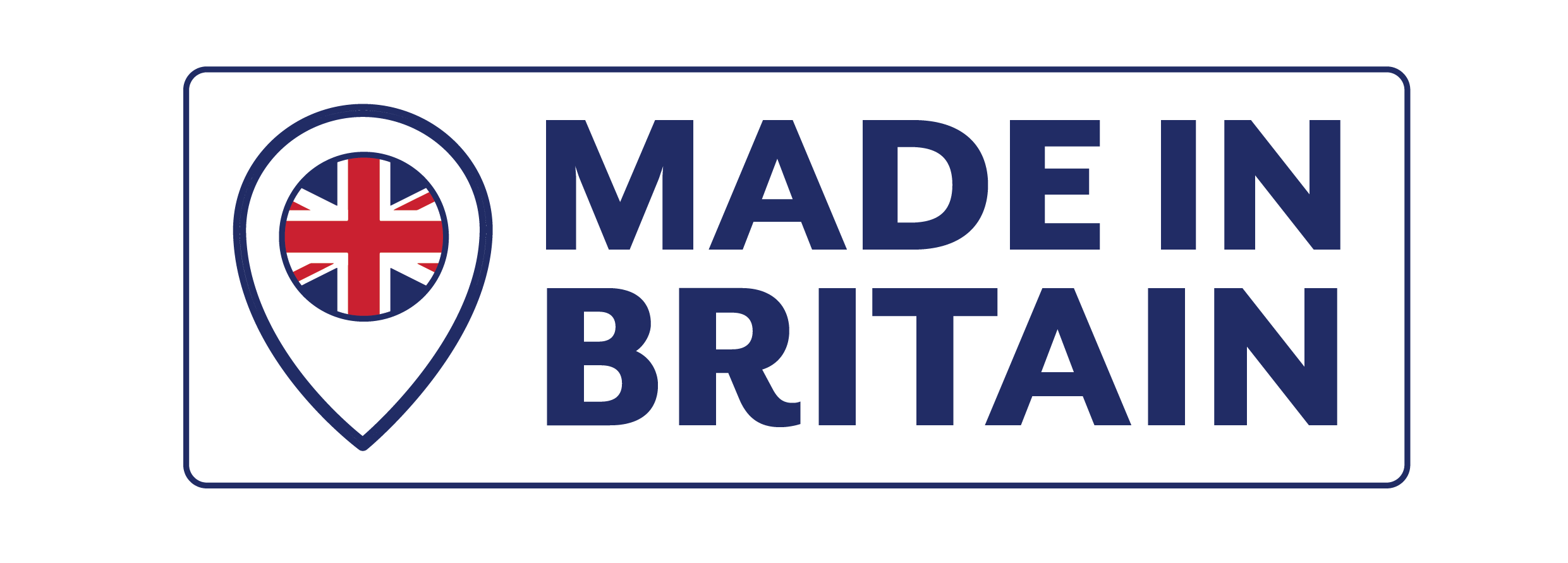Frequently Asked Questions - Arctic Cabins
To help answer some of those important questions you have we have put together these Frequently Asked Questions - for Arctic Cabins customers. If you wish to chat to the team further about our products and the service we provide please don't hesitate to contact us by phone - 0115 932 8888 or by email - [email protected]
Arctic Cabins Guarantee
All Arctic Cabins buildings come with our ten year manufacturer's guarantee. This guarantee ensures replacement of any component parts should they be found to be defective within set periods of time. However, it does not cover accidental damage or weather damage once the building is constructed. Customers should also note that timber is a natural product and prone to changes in appearance. This includes some movement and the occurrence of small knot holes or splits in extreme temperatures and weather conditions. Splits, knots or similar visual imperfections in the timber which do not affect the structural integrity of the building will not be accepted as a valid reasons for a claim against our guarantee. All cabins should be weatherproofed regularly to ensure this guarantee is valid. This is in addition to our suppliers' warranties/guarantees.
Arctic Cabins Roofing Shingles
We only use CE-marked Kerabit High-performance SBS modified roofing shingles which are guaranteed for ten years.
Any timber bases we fit are supported on "TANALISED" timber which has been impregnated with a preservative solution under high pressure in an industrial vessel. This treatment process ensures deep penetration into the timber cells, for a longer-lasting protective result against fungal decay and insect attack than the application of a surface coating. Pressure-treated timber is leach resistant, ensuring a long and trouble-free service life in a wide range of conditions, and assured performance in sensitive environments such as vegetable plots and areas of wildlife. Desired service lives range from 60 years for internal timbers and 30 years for external timbers, such as fence posts in ground contact.
Please ensure all ironmongery is cleaned and lubricated every six months. We recommend silicone spray or WD40 to lubricate window hinges, window locking mechanisms and door locking mechanisms. In addition they should be kept clean and free from debris. Please be aware that external ironmongery is subject to pitting as it weathers. Industry standard product guidelines and individual manufacturing tolerances apply to all our products.
Exterior Timber Finishes
Timber that is unprotected and exposed to rain and sunlight will start to break down fairly quickly depending on the species of timber. This deterioration will cause surface checking (cracking) due to the moisture change within the timber. The timber will lose its natural colour and bleach to various shades of grey spoiling the appearance. Dimensional changes in the timber resulting in changes in moisture content may also have detrimental effects on exterior joinery, windows and doors. They may swell and be difficult to open and close.
If you have specified that your Cabin is supplied unfinished we recommend you apply a paint, stain, clear water repellent, or other finish as soon as possible after installation and periodically thereafter (in accordance with the manufacturers recommendations).
Arctic Cabins Environmental Policy
All of the timber we use in our buildings is sourced from FSC or PEFC certified suppliers. The FSC (Forest Stewardship Council) is a global organisation with the aim of ensuring the chain of custody of all timber products and that the sourcing forests are properly managed to ensure sustainability. This means that more trees are planted than those that are used. It also ensures fairness for the indigenous populations where these forests are located.
PEFC (Programme for the Endorsement of Forest Certification) is the largest worldwide forest certification system with around 220 million hectares of certified forests. Their aims are all associated with the sustainability of the supply of timber and doing that in an environmentally friendly way.
Both processes tracks timber through each stage of the supply chain, from felling through milling, transportation, import, distribution and finally to the point of use. This provides a level of transparency and traceability to guarantee compliance with demands for ethically sourced timber products.
Planning Permission & Building Regulations
Since October 2008, in England, outbuildings have been covered by 'permitted development' rights - a type of planning classification which means that you have automatic planning permission without application subject to certain restrictions. The main restriction is that your house is not 'listed', and that you're outside 'Designated land' - which includes National Parks, Areas of Outstanding Natural Beauty, conservation areas and World Heritage Sites. So, if you're not in one of those areas, you qualify for permitted development rights.
Put simply, your Cabin should be sited at least 2 metres from any boundary (e.g. your garden fence) and should not take up more than 50% of your garden space. It should not be sited on land forward of a wall forming the 'principal elevation' (that means not in front of the house).
Our Cabins do not generally need building regulations approval provided if you do not intend to install sleeping accommodation. Of course, normal safety standards should be adhered to, particularly regarding any electrical connections.
Frequently Asked Questions - Arctic Cabins Further Information
To access a guide to the planning permission and permitted development regimes for outbuildings in England click here.
Planning laws in Scotland are different but were similarly relaxed in February 2012. For more information click here.
The Construction (Design and Management) Regulations (CDM Regulations) are intended to ensure that health and safety issues are properly considered during a project’s development, so that the risk of harm to those who have to build, use and maintain structures is reduced. They were introduced in 1994 and revised in 2007 and 2015.
The regulations require that, before the construction phase begins (that is, before the construction site is set up), a construction phase plan is drawn up by the principal contractor. The construction phase plan records arrangements for managing significant health and safety risks associated with the construction of the project. It is the basis for communicating those arrangements to those involved in the construction phase. Furthermore, it outlines the health and safety arrangements and site rules taking into account any industrial activities taking place on site.


